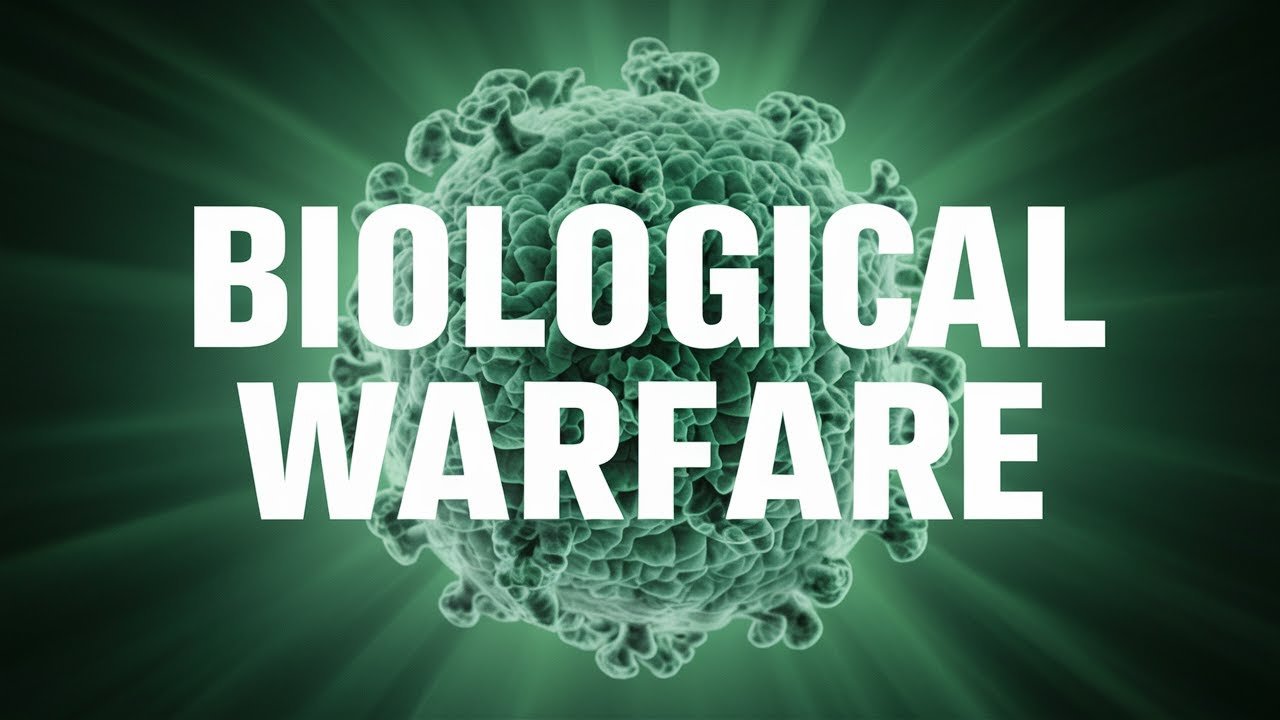- Biological weapons are defined by the World Health Organization as microorganisms or toxins released deliberately to cause disease and death.
- Bacteria, viruses, parasites, fungi, venoms, and prions are among the biological agents that can be weaponized.
- Historical use of biological warfare dates back to ancient times, with documented cases like the siege of Kaffa in the 14th century and the use of smallpox against Native Americans in the 18th century.
- Modern bioweapons research has been conducted by nations around the globe, often under the guise of defensive biological research, which is permissible under international law.
- The Biological Weapons Convention (BWC) of 1972 aims to prevent the development, production, and stockpiling of biological weapons, yet lacks enforcement mechanisms and comprehensive inspection protocols.
- Despite international efforts to control bioweapons, concerns remain about their potential use by rogue states or non-state actors due to the relative ease of producing certain biological agents and the advent of technologies like CRISPR and AI.
- Biological warfare poses a unique threat due to the uncontrollable nature of outbreaks, which can lead to unintended widespread casualties, including the possibility of backfiring on the users.
- The potential for future bioweapons could include genetic modifications to create more virulent strains of diseases or the resurrection of eradicated diseases like smallpox as a form of warfare.
- Global health security efforts focus on surveillance, rapid response to outbreaks, and the development of countermeasures to potential biological threats.
- Recent advancements in biotechnology and artificial intelligence raise concerns about the ease of creating and disseminating bioweapons, highlighting the need for robust international cooperation and vigilance.
This summary has been generated by AI.

Leave a Reply